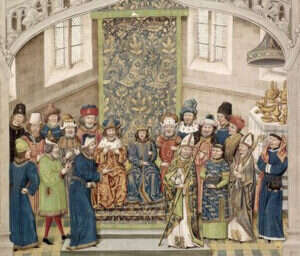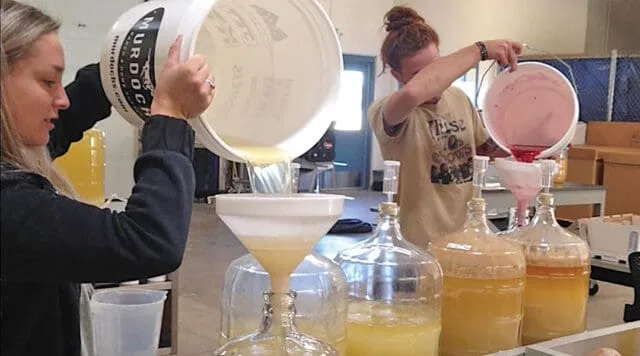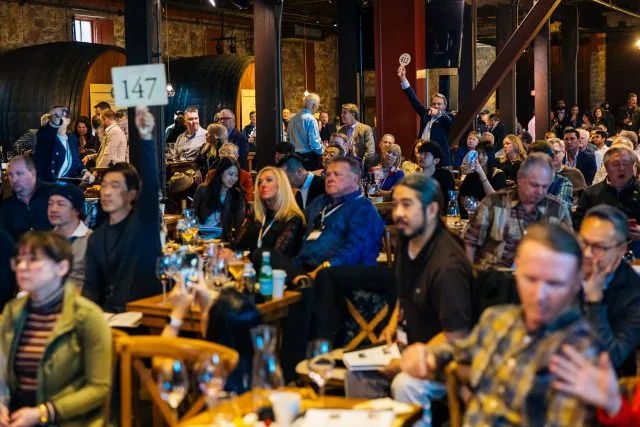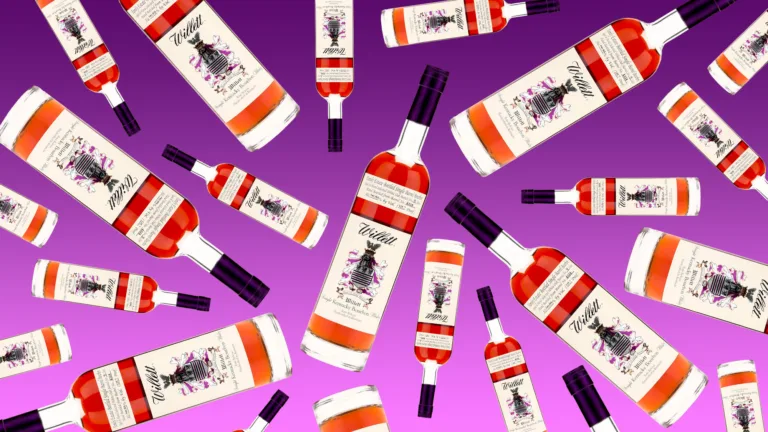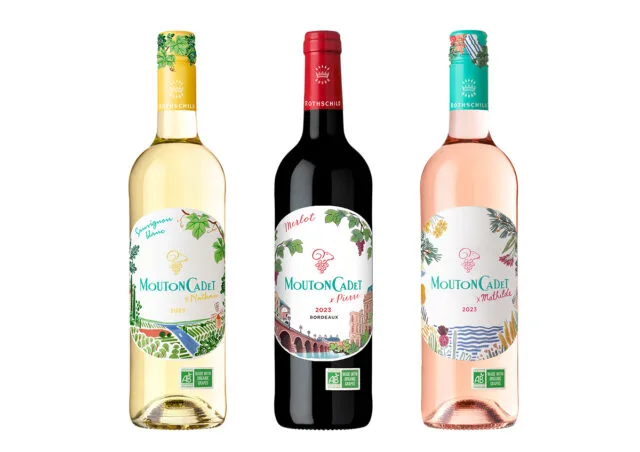Stuart Walton reflects on a sadly discontinued English tradition of marking coronations and other special occasions with fountains of free wine.
The coronation of King Richard II of England in the summer of 1377 was a more than usually notable occasion. Skipping a generation, the crown had passed to him from his grandfather, Edward III, whose half-century reign had been an era of martial ebullience, punctuated by successive victories over the troublesome French. Richard’s father, an acclaimed warrior known as the Black Prince, as well as his elder brother, had died while the old king was still on the throne. A period of dire uncertainty was put to flight by the gorgeous majesty of a procession through the sun-dazzled streets of the capital to Westminster.
England’s new monarch, radiating solemn dignity as though to the manner born, wore his ten years of age with regal grace. Once the pageantry was over the next day, an eruption of racketing celebration broke upon London. Music and dancing and cheering filled the streets, and to mark gaiety’s triumph over gravity, the Cheapside conduit flowed with free wine.
In her magnificent study of the entwined fates of Richard II and Henry IV, The Eagle and the Hart (2024), Helen Castor notes that at Richard’s coronation, people celebrated with “noisy enthusiasm, their good humour lubricated by the wine that flowed for hours from the public conduits.”1 The plural is a moment of forgivable rhetorical brio, for in 1377, there was only one conduit in
This Article was originally published on World of Fine Wine

